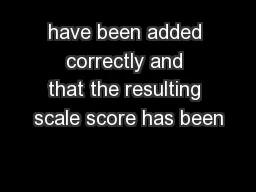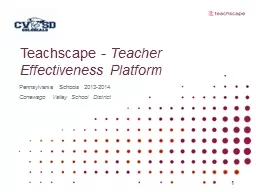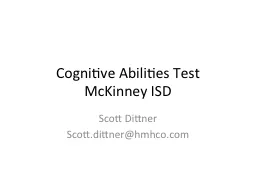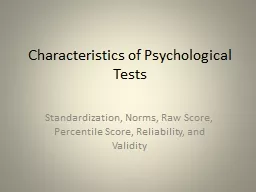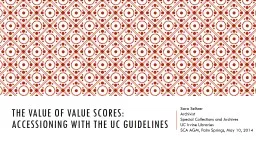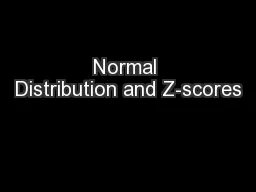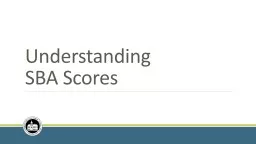PPT-What Do Test Scores Miss? The Importance of Teacher Effects on Non-Test Score Outcomes
Author : natalia-silvester | Published Date : 2018-11-26
C Kirabo Jackson Northwestern University and NBER Motivation At the broadest level a quality teacher is one that teaches students the skills needed to be productive
Presentation Embed Code
Download Presentation
Download Presentation The PPT/PDF document "What Do Test Scores Miss? The Importance..." is the property of its rightful owner. Permission is granted to download and print the materials on this website for personal, non-commercial use only, and to display it on your personal computer provided you do not modify the materials and that you retain all copyright notices contained in the materials. By downloading content from our website, you accept the terms of this agreement.
What Do Test Scores Miss? The Importance of Teacher Effects on Non-Test Score Outcomes: Transcript
Download Rules Of Document
"What Do Test Scores Miss? The Importance of Teacher Effects on Non-Test Score Outcomes"The content belongs to its owner. You may download and print it for personal use, without modification, and keep all copyright notices. By downloading, you agree to these terms.
Related Documents




